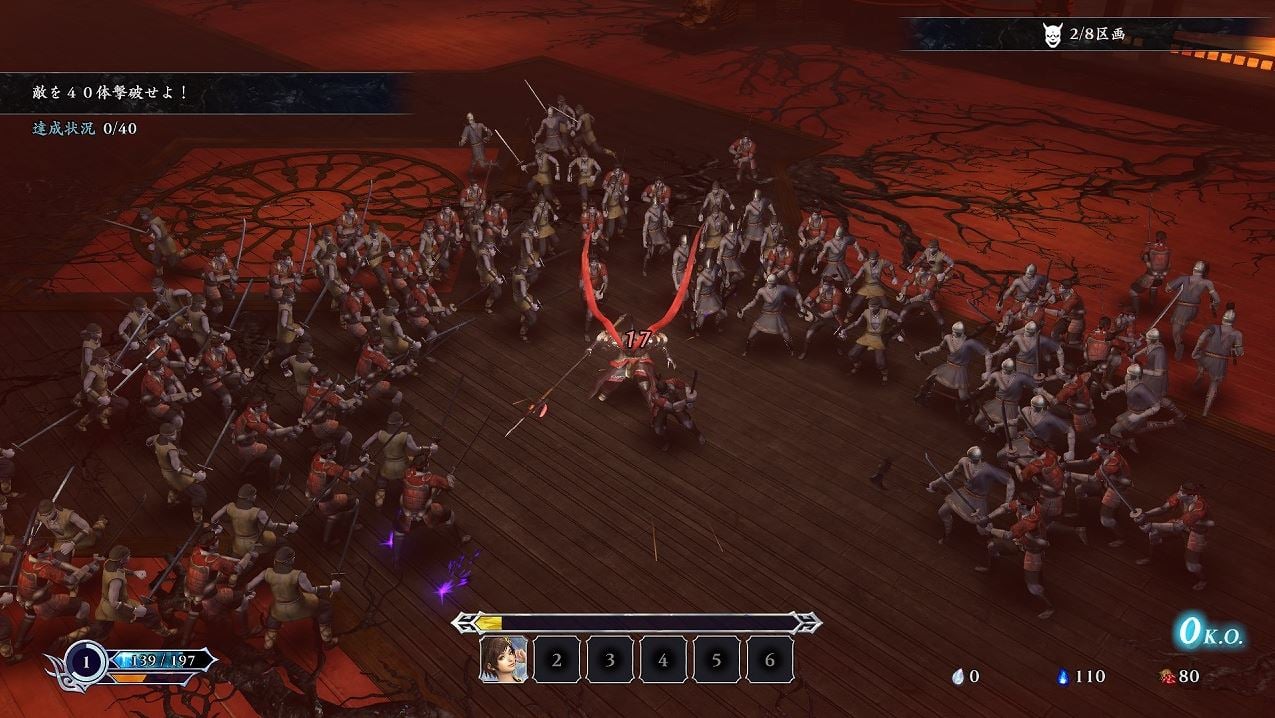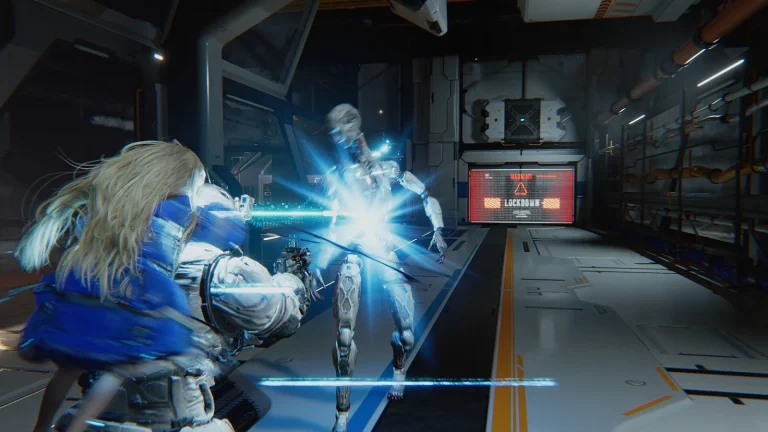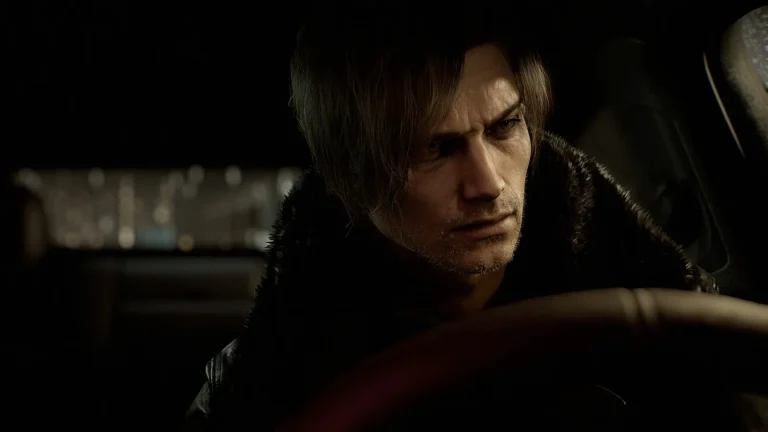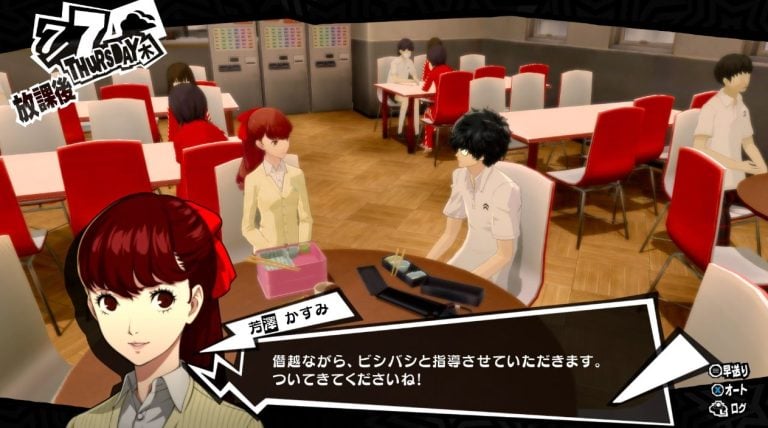Koei Tecmo Games released the roguelite action game WARRIORS: Abyss on February 13. Warriors: Abyss is an unprecedented attempt to combine the Warriors series (Dynasty Warriors and Samurai Warriors) with the roguelite action genre. To find out more about the title’s “indie spirit” and how it came into being, AUTOMATON talked to Kotaro Hirata, the game’s producer at Omega Force.
In Warriors: Abyss, you control heroes from the Warriors series, going up against hordes of enemies rushing at you from all directions. The game’s summoning system lets you summon multiple heroes, make pacts with them and fight together, combining their abilities for increased firepower and flashy moves. Supported platforms are PC (Steam), PS5/PS4, Nintendo Switch and Xbox Series X❘S. Warriors: Abyss is priced at $24.99 USD.
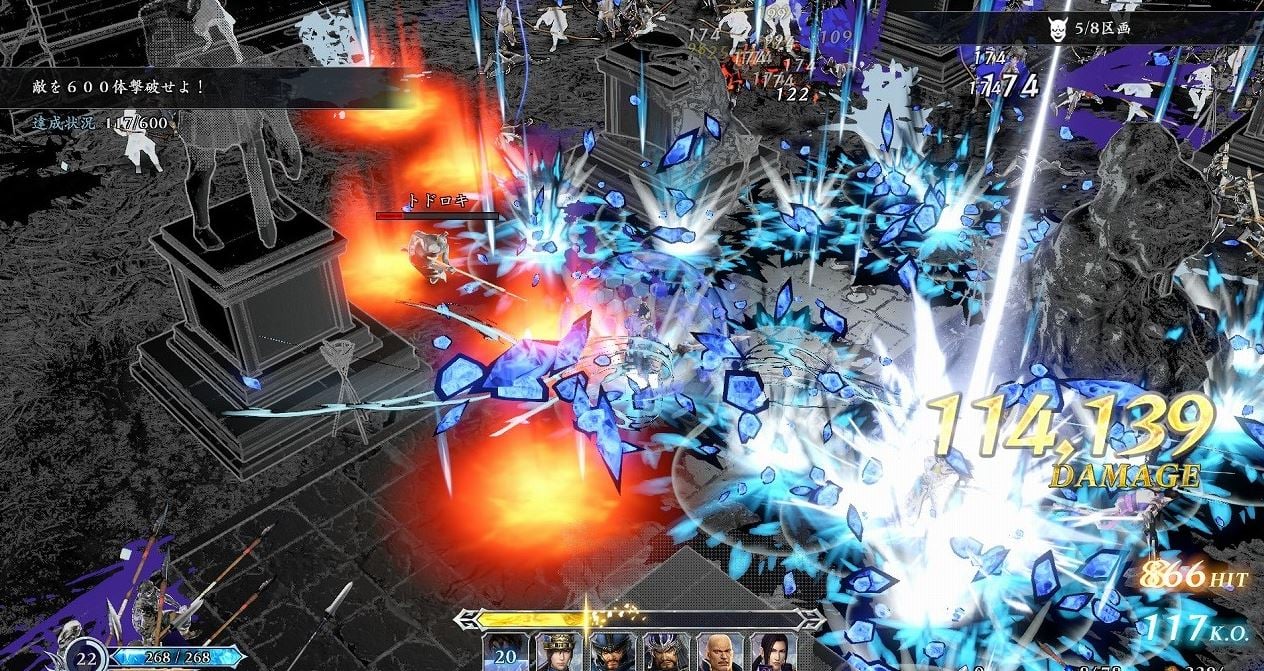
―Please introduce yourself.
Kotaro Hirata (hereafter Hirata):
I’m Hirata, a developer at Koei Tecmo Games’ Omega Force studio. I was the lead game designer and director of the Attack on Titan games, and I directed Wild Hearts. I took on the role of producer for the first time with Warriors: Abyss.
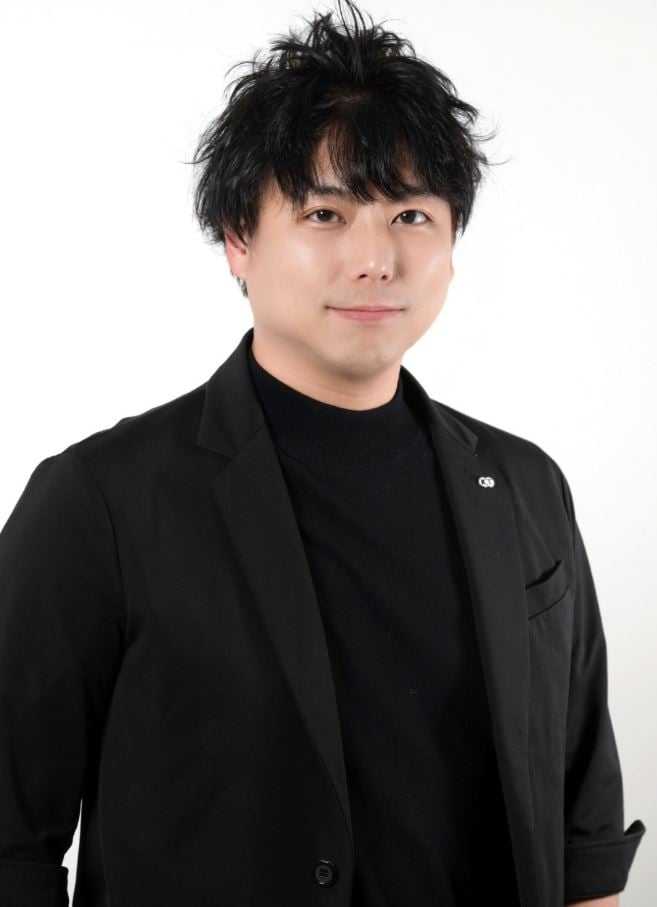
―Tell me about Warriors: Abyss. What kind of game is it?
Hirata:
Warriors: Abyss is a roguelite action game that was developed using the Warriors series’ combat and action as a foundation. You take on the role of heroes who have been invited to Hell by King Enma, controlling them from a bird’s eye perspective as they fight and descend further into the depths. The game’s selling points are its emphasis on strategy and replayability.
―So far, Koei Tecmo Games has put out titles that vary in scale, but I feel like there haven’t been many games within Warriors: Abyss ‘s price range and scale of development until now. How did the project come to be?
Hirata:
I’d wanted to try my hand at the roguelite genre for some time, and as a developer, I also had a strong desire to “make something that’s never been seen before” (laughs).
After work on Wild Hearts came to a close, I started putting together a proposal for a new project with a roguelite theme. However, I felt like what I had at the time wouldn’t be appealing enough to “sell” the idea of a roguelite game to management. From there, I made what became the prototype-proposal for Warriors: Abyss as a second option. So in a way, Warriors: Abyss wasn’t my first choice, but as I continued to flesh it out, it got better and better, and I was ultimately convinced that the Warriors series and the roguelite genre were a good match. In the end, I submitted the Warriors: Abyss proposal as my first choice and succeeded in getting it greenlit for production.
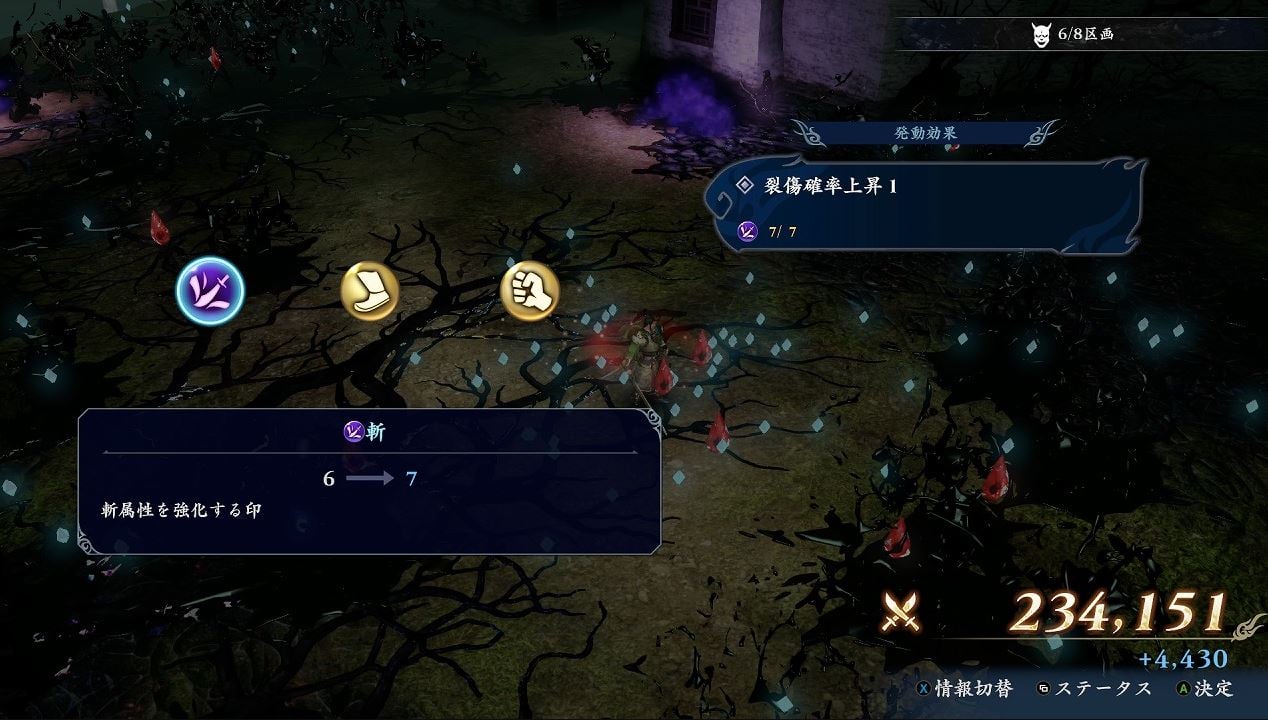
―So, the fact that it’s a roguelite takes precedence over it being a Warriors game?
Hirata:
That’s right – the action roguelite genre enjoys significant popularity around the world. However, there aren’t many Japanese games breaking into the genre yet, so we consider it a worthwhile challenge.
―Lately, it’s becoming more common for big companies to assign younger development staff to small to medium-scale projects to produce “indie” games internally, but what kind of team worked on Warriors: Abyss?
Hirata:
Warriors: Abyss had a rather diverse team behind it, ranging from young staff to veteran developers. For example, the strategic elements were supervised by a developer who used to direct Koei Tecmo’s historical simulator games. On the other hand, our art director was new to their role, but they are a promising talent with plenty of experience working in other industries. Our company has worked on a variety of genres up until now, and I believe Warriors: Abyss emerged from this experience, as well as the uniqueness of our staff.
―What is the target audience for Warriors: Abyss?
Hirata:
Our main target is fans of roguelite action games.
―In what ways does it seek to appeal to such players?
Hirata:
One of the most appealing aspects of Warriors: Abyss are the controls. Armies of nearly 1,000 enemies storm in before you, and you use intuitive controls to send them flying, making for a very exhilarating playing experience. Also, the game comes with 100 playable characters.
This is a personal opinion, but I think that the roguelite action genre is still minor in Japan. That means that a lot of players have trouble visualizing what such games are like based on just the genre and description. With that in mind, we kind of set out to get people hooked on the roguelite world, and our means for achieving that were simple controls paired with high-adrenaline quarter-view action.
I would be really happy to see Warriors: Abyss become a catalyst for the roguelite action genre’s expansion in Japan.
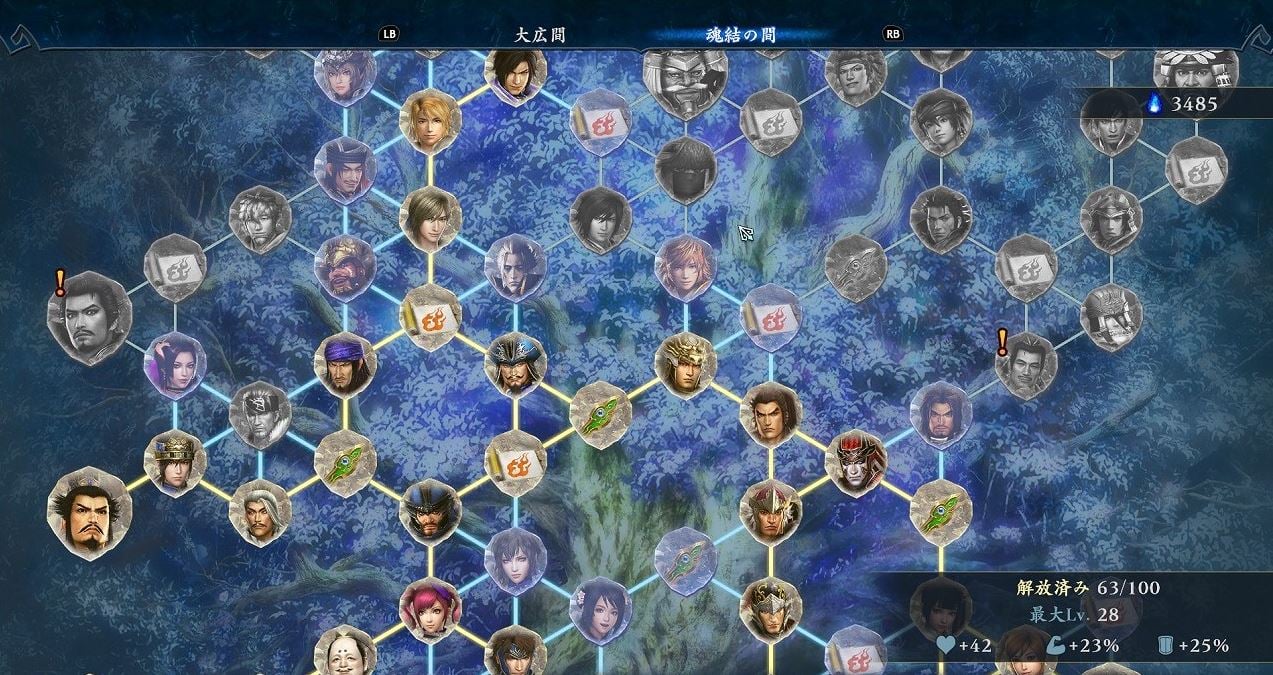
―Tell me about your favorite roguelite games. What do you consider to be “essential” when creating for the genre?
Hirata:
There are many games in the genre that I regard highly, but my favorite by far is Slay the Spire. I’ve played it on four different platforms, and I probably have around 1000 hours on it by now (laughs). My favorite class is Ironclad, and I like to base my strategy on discard decks.
I think the most important thing when creating a roguelite game is ensuring high replayability, in other words – making sure it’s addictive. To make Warriors: Abyss addictive, I focused on three main points – offering highly strategic gameplay, stimulating the player’s eagerness to win as they retry, and regularly rewarding the player with a sense of accomplishment. The roguelites I’ve played so far achieved replayability by combining multiple elements, and Warriors: Abyss uses the synergy of the three points I just mentioned.
For example, its “highly strategic gameplay” comes from the various possible combinations of its 100 playable characters. Since the system is rather complex and we don’t want players getting intimidated, we’ve introduced some mechanics to help players take their first steps. For example, heroes who have good synergy with the hero you currently own are marked with a yellow glowing icon, and Enma, the guide character, can create synergistic combinations for you. Of course, the combinations suggested by the game are not necessarily the strongest ones. As you progress in the game and start discovering your own strategies, I think you’ll find yourself completely hooked on Warriors: Abyss.
―Roguelites are a popular genre among indie developers, so they tend to be associated with small-scale, independent production teams and low costs. Warriors: Abyss, on the other hand, was developed by a major game company with veteran developers on its development team. Is there something in the game that you were only able to accomplish thanks to these circumstances?
Hirata:
The biggest thing would be the number of characters. Not only were we able to create 100 playable characters with refined motions, but we also made it possible to have them fight together through the summoning system, which leads to some super flashy, chaotic and satisfying situations as you play. I think this was only possible because we had the staff and the accumulated assets of our company at our disposal.
Also, Warriors: Abyss is designed not only for fans of roguelite action games, but also to attract players new to the genre. That’s why, as I mentioned before, we’ve implemented solutions that lower the entry barrier. We were able to create the system that suggests synergistic combinations between characters thanks to the experienced developers on our team, who have worked on various Koei Tecmo games.
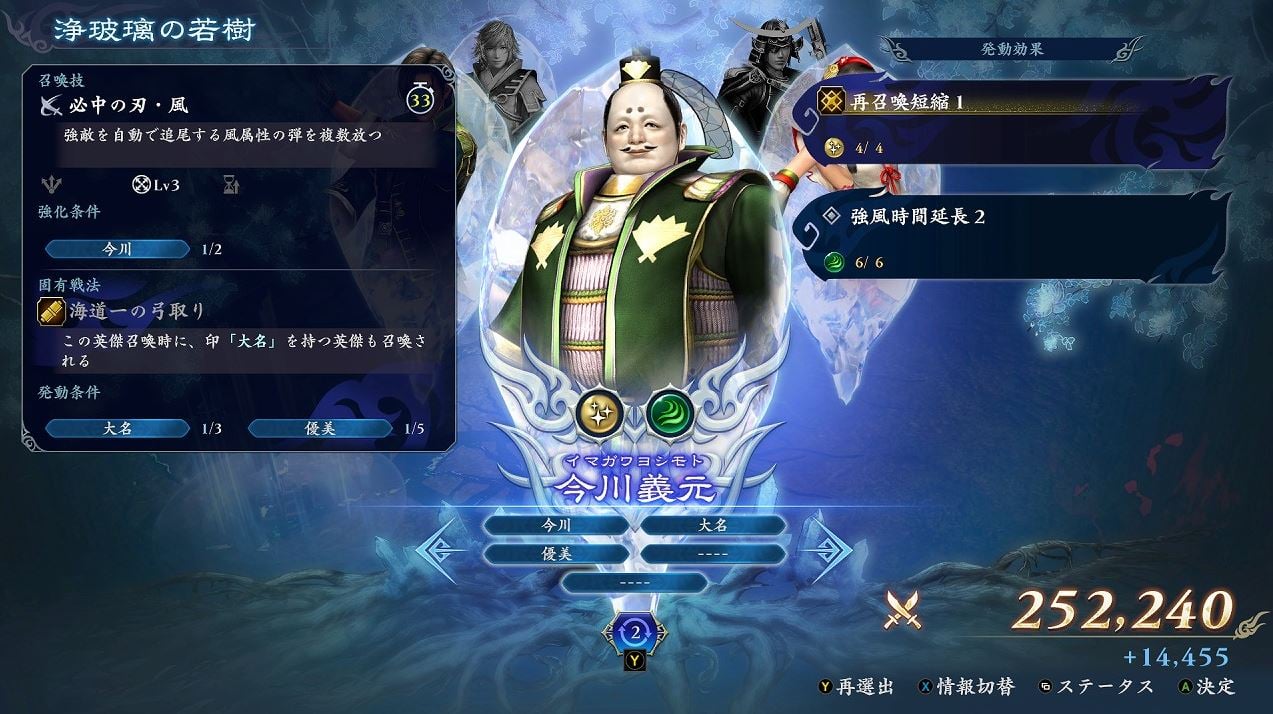
―What were your criteria for choosing which Warriors’ characters to include as playable characters?
Hirata:
Our top priority was whether the character can provide synergy and contribute to the game’s strategy in an interesting way. For example, we had the idea of making it possible to do a “Oda clan build” in Warriors: Abyss, so we included characters related to the Oda clan for this purpose. On the other hand, Goemon Ishikawa is an example of a character that has little potential for synergistic combinations, but he has a skill that allows him to earn a large amount of money when he defeats an enemy under certain conditions. We saw him as a character that could be a valuable strategic asset to players’ builds in the long term, so we decided to include him.
I’d also like to mention that each playable character has a parameter that describes how beginner-friendly they are. When this value is high, the character is powerful and easy to use. Guan Yu is a typical example of such a character, although that does not mean he is the strongest. Depending on your strategy, even characters that are tricky to use, like Yoshimoto Imagawa, can surpass Guan Yu, as long as your strategy leverages his specialty. Since we want players to use a variety of characters, we’ve made it easy to understand what direction you’re supposed to develop their strengths in.
―Does that mean you don’t really recommend sticking to the same characters all the time?
Hirata:
As far as I’m concerned, if you want to keep using your favorite character forever, you’re free to do so. In fact, Warriors: Abyss has a cumulative leveling system, so the more you use a particular character, the more their level increases, and this can even offset differences between characters’ basic stats. In addition, each character has a unique weapon that you can obtain as you play. The weapon unlocks new abilities for the character, and certain characters get buffed tremendously through this. You never know, if you use your favorite character for a long time, they might even grow on par with Lu Bu. Using one character all the time even though you have 100 at your disposal is a luxury of its own, so feel free to do so.
Having said that, I think trying out other characters would be a good approach when you get stuck. There’s bound to be walkthrough videos and character rankings coming out after the game launches – and referring to them is definitely a valid option, but I also think it would be fun to push your own play style and try to figure things out on your own.
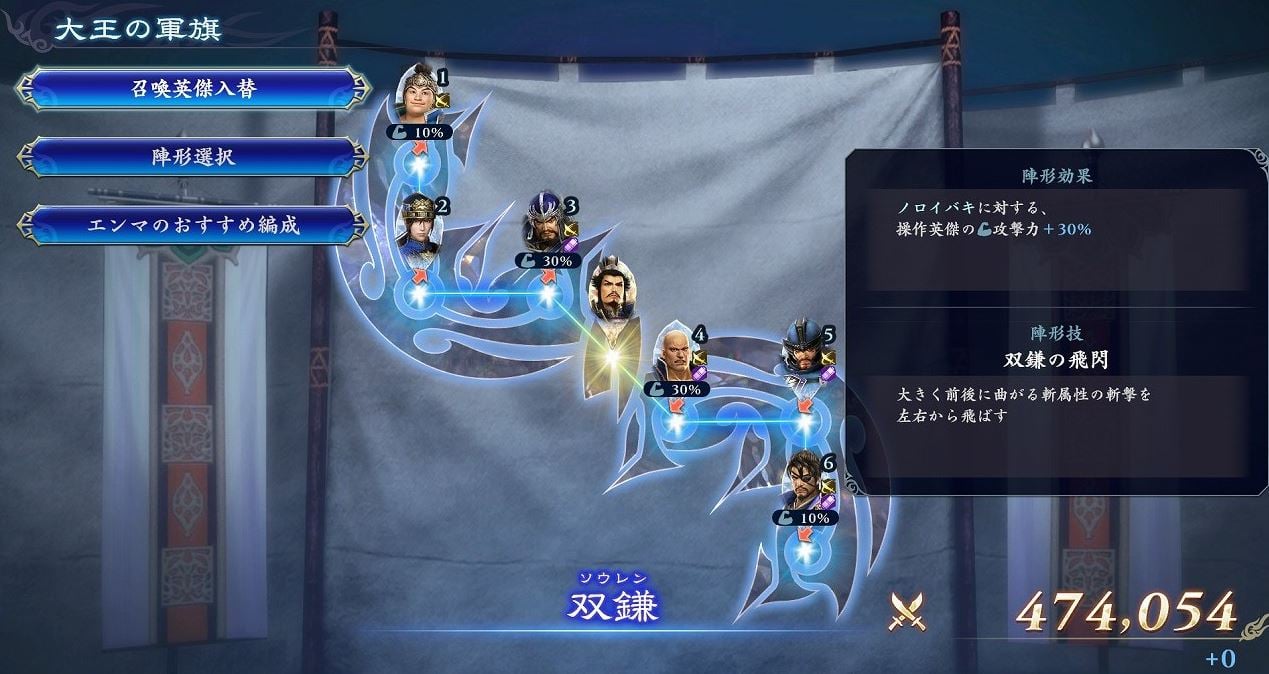
―What are some characteristics of the heroes that appear in the summoning system?
Hirata:
There are over 20 types of actions the generals can perform, ranging from various area attacks to status boosts. There are also character-specific weaknesses, but this doesn’t mean the weaker generals have no use – they each come with their own advantages, such as unique effects that are activated just by including them in your formation.
For example, Oichi’s summoning action is a defense boost and has no attack power. However, her unique trait is that she can be revived once even if defeated. The heroes that appear in the summoning system are designed to deepen the tactical nature of the game, forcing you to think well about how to use your precious slots.
To make it more intuitive for players, we have made it so that gathering heroes from the same camp (XX clan, Wei, Wu or Shu) creates synergy. There are also characters who can summon two or more heroes at once.
―Tell me about enemy behavior and the game’s difficulty level.
Hirata:
Warriors: Abyss is designed to feel satisfying, so a big portion of enemies get easily mowed down by the player’s attacks. I think that if you perfect your strategy, you may not even need to dodge at all. When you see that the enemy is about to attack, you can send them flying with a charge attack, and you can cancel out barrage attacks with your own actions. However, we didn’t want things to feel boring either, so the bosses are designed in a way that makes it difficult to just “brute force” your way to victory.
Of course, we plan to make continuous updates to the game, so players can expect difficulty adjustments and new characters down the line.
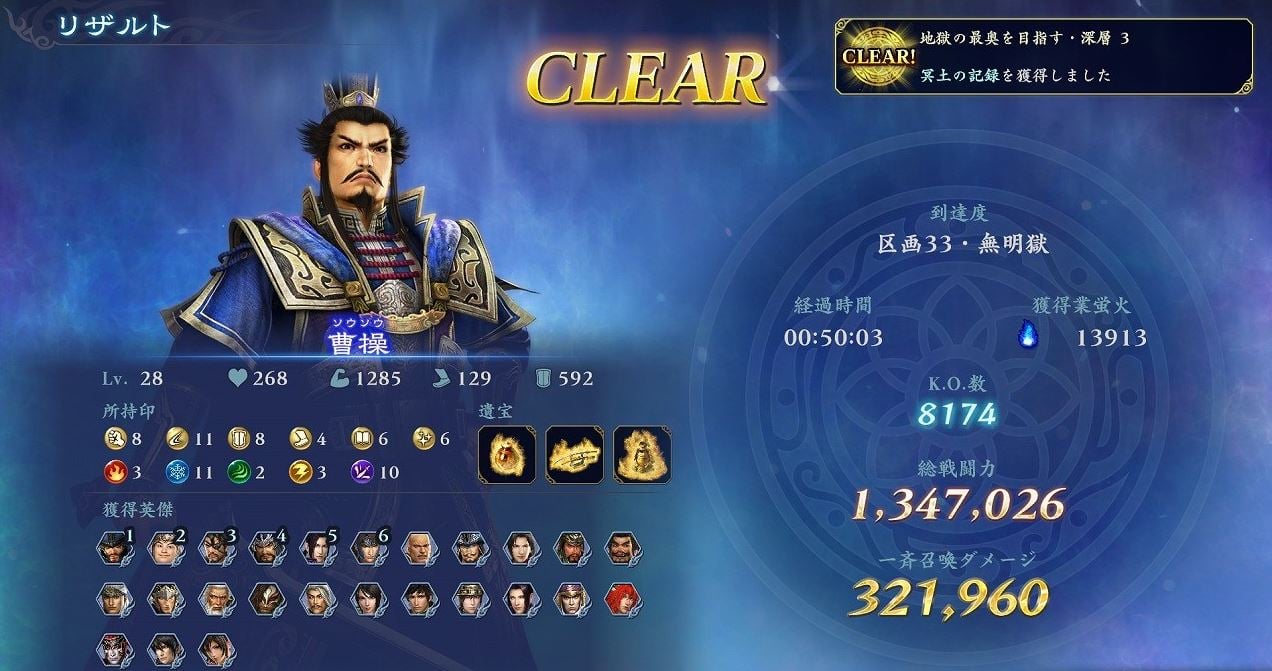
―You’ve mentioned that you put an emphasis on replayability when designing Warriors: Abyss. What are some specific mechanisms that are meant to encourage players to keep playing?
Hirata:
First of all, there are many elements of progression. The more you play, the more useful features you unlock. You’ll be unlocking new heroes by consuming resources, and – as I mentioned earlier, leveling them and unlocking new weapons. At the end of each game, your maximum damage and attack power are displayed, like in so-called score attack games. We’ve designed an overview that’s easy to share, so we hope players will use it to brag about their scores online.
―Lastly, do you have a message for our readers about your new game?
Hirata:
Our catchphrase for Warriors: Abyss was to get players hooked as if they’re “trapped in a swamp.” I’m repeating myself a bit here, but our biggest priority was replayability, so I hope players will find themselves gradually getting immersed in the addictive tactical gameplay we’ve prepared for them.
If you’re looking to take on difficult challenges by figuring out perfect strategies, or for a game that you can play casually for a long time and will fit well into your daily schedule – please consider picking up Warriors: Abyss.
―Thank you for your time!
Warriors: Abyss is available now for the PC (Steam), PS4/PS5, Nintendo Switch and Xbox Series X|S. The regular version is priced at $24.99 USD.

